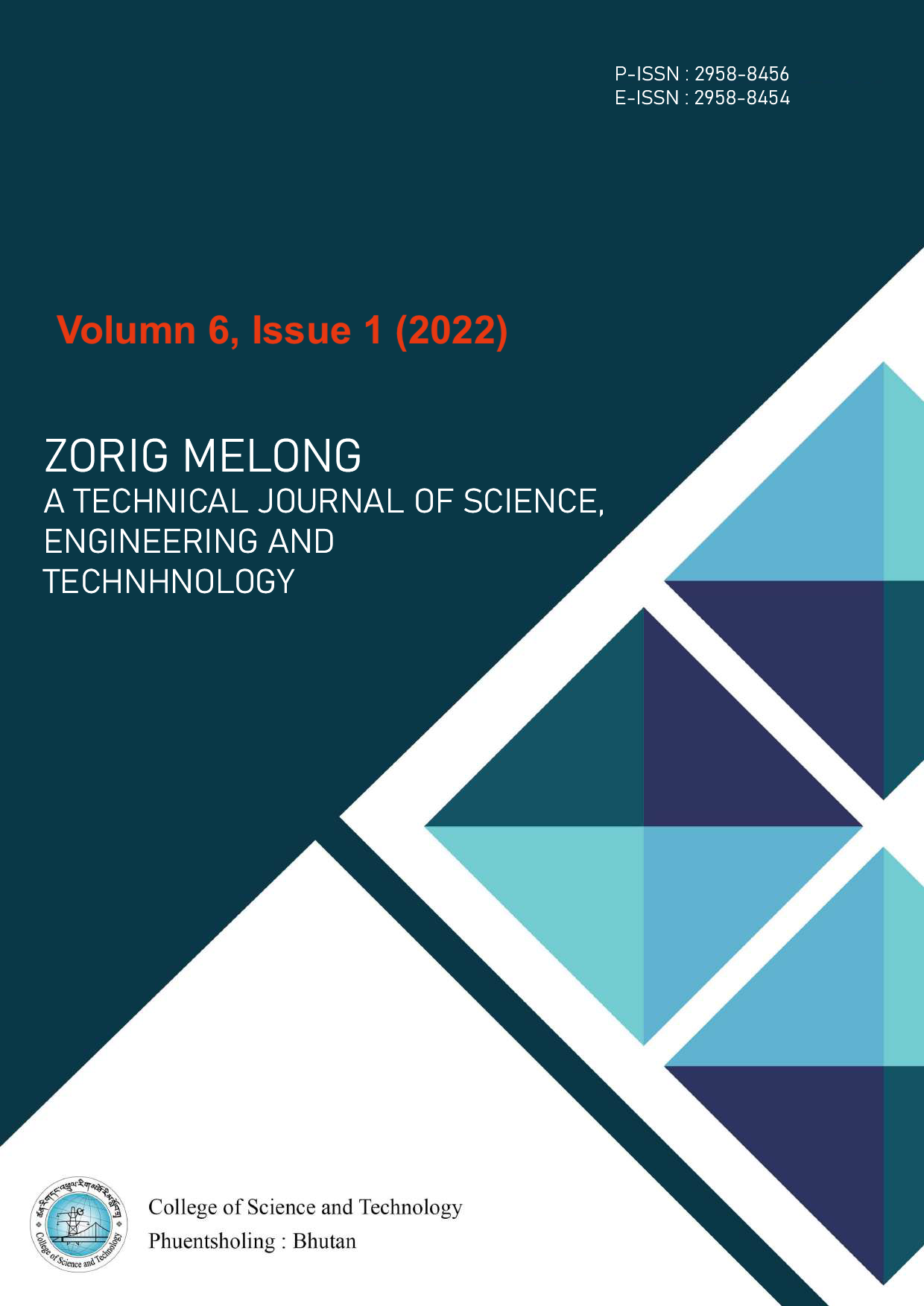Redesigning waste: An exploration into the role of architecture in an integrated solid waste management system
DOI:
https://doi.org/10.17102/zmv6.i1.006Keywords:
Architecture, Bhutan, Garbage, Waste Center, Planned obsolescence, Circular economyAbstract
The world is urbanizing at an unprecedented rate with over one-third of the global population currently residing in urban areas and a Fig.ure projected to exceed 50% by 2050. Rapid urbanization has intensified critical challenges, particularly in solid waste management, as global waste generation reaches approximately 2 billion tons annually, with 33% being mismanaged. This mismanagement poses severe threats to human health, ecosystem, and the environment, often causing irreversible damage. Despite the scale of this crisis, architectural solutions remain underutilized in waste management systems. This study delves into this predicament and studies how architecture used efficiently can help form an integrated waste management system, further emphasizing public engagement. Recognizing that awareness is pivotal in waste management, the study proposes a multifunctional waste center incorporating a waste-to-energy plant, a material recovery facility, and most critically accessible public spaces for the general public. By integrating vibrant communal areas, the design aims to demystify waste management processes and foster public participation. Architectural elements such as green roofs, living facades, natural lighting, jalis, and water features are utilized to create an aesthetically harmonious and contemplative environment. The study concludes that architecture’s role in waste management extends beyond functionality and it must inspire reflection and shift perceptions, ultimately encouraging sustainable behavior. The proposed waste center serves as a pioneering model, addressing not only waste treatment but also transforming public mindset, thereby fostering a holistic integration of community and process.





